As a car manufacturer, Lamborghini has set its brand apart with beautiful and revolutionary designs, unparalleled performance, and a unique tradition of naming cars after legendary matadors and bulls. Right from the beginning, the Italian manufacturer has strived to challenge the status quo and in doing so, it has produced some of the most iconic cars in history. Lamborghini, despite having faced tumultuous times, various financial setbacks, and frequent changes to its ownership throughout its history, has delivered some of the most beautiful cars that have influenced future generations. However, the Lamborghini Miura remains the automaker’s most influential car that kick-started an automotive revolution. Here are 10 things you need to know about the Lamborghini Miura.
1 A Brief History Of Lamborghini And Its Origin
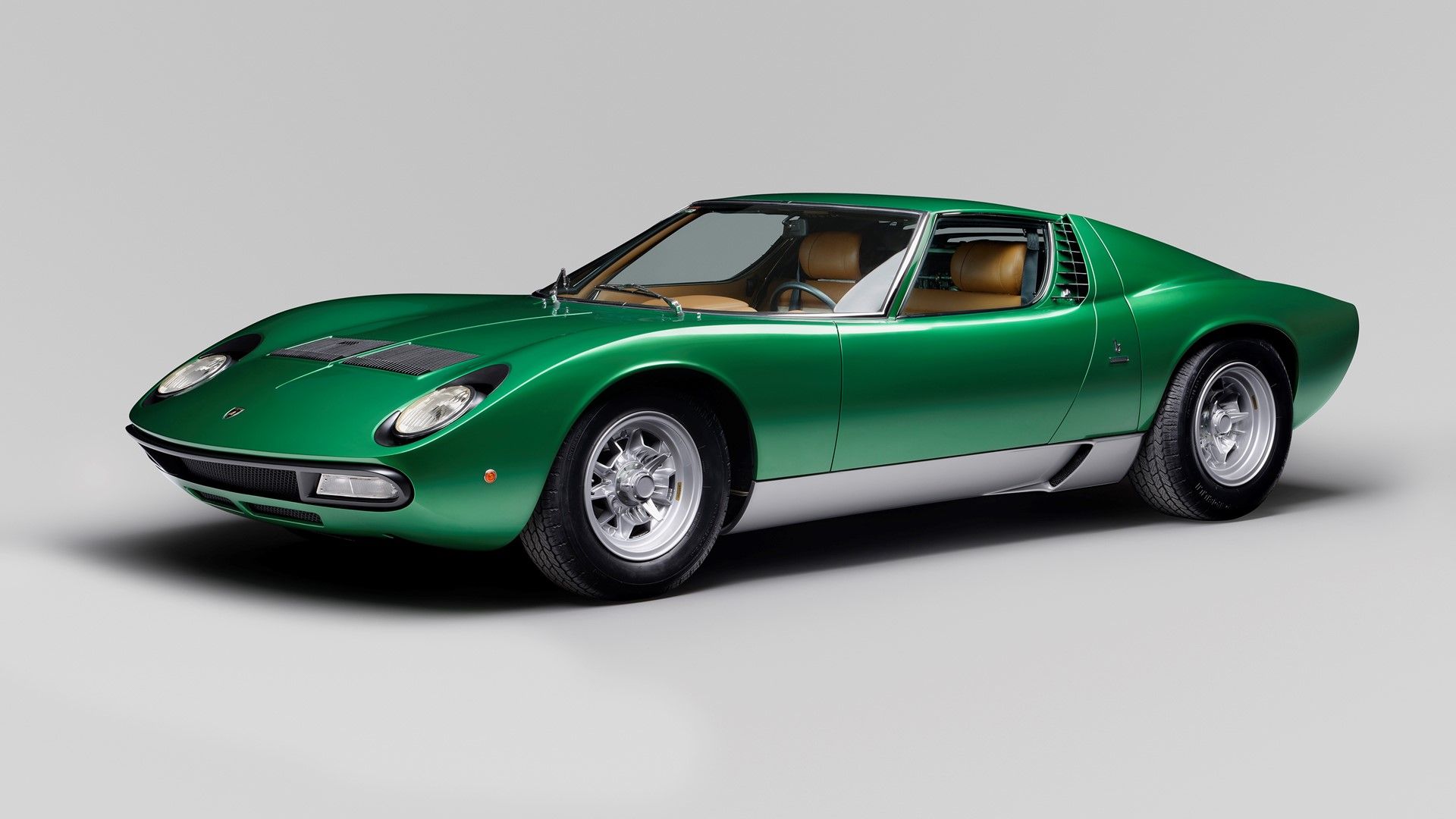
Ferruccio Lamborghini, an Italian business magnate owned successful businesses of manufacturing tractors and other machinery. Being a rich and successful entrepreneur, he had an affinity for cars and owned multiple Ferraris, but he was dissatisfied with them and their reliability issues. When he visited Enzo Ferrari to discuss his grievances, Enzo Ferrari brushed him off and belittled him. Dejected, Ferruccio decided that he’d make his own refined grand touring cars that could rival Ferraris and founded Automobili Lamborghini in 1963. Lamborghini first released the 350 GT in 1964 and released an updated version called the 400 GT in 1965. Both cars were highly successful grand tourers and featured Lamborghini’s legendary V-12 engine.
2 The Lamborghini Miura Started Off As An After Hours Project
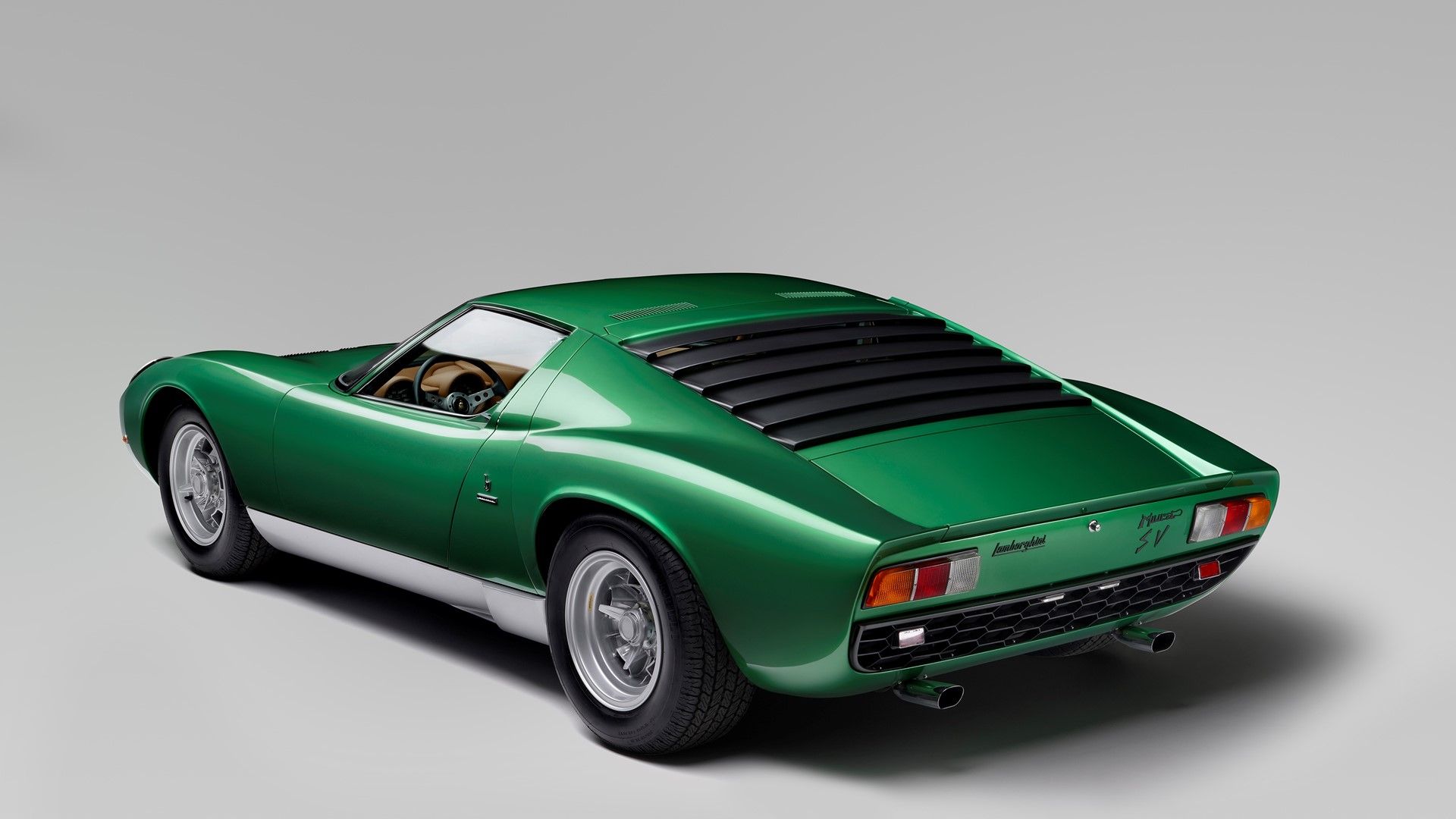
Lamborghini’s three top engineers; Gian Paolo Dallara, Paolo Stanzini and Bob Wallace shared a vision of making a racing-inspired car for the road. However, fearing that Ferruccio would turn their design down, they worked on it as an after-hours project in the night. They put the Lamborghini V-12 from the 350 and 400GT cars, but fit the engine transversely behind the driver. When they finished the prototype design and presented it to Ferruccio, he green-lit the project thinking that the car would be an effective marketing tool, if nothing more. Lamborghini presented the rolling chassis at the 1965 Turin Auto Show, which impressed a lot of the visitors and Lamborghini commissioned design firm Bertone to design the car. They unveiled the prototype P400 Miura to the world in 1966 at the Geneva Auto Show.
3 The Original Lamborghini Miura P400 Was An Instant Hit
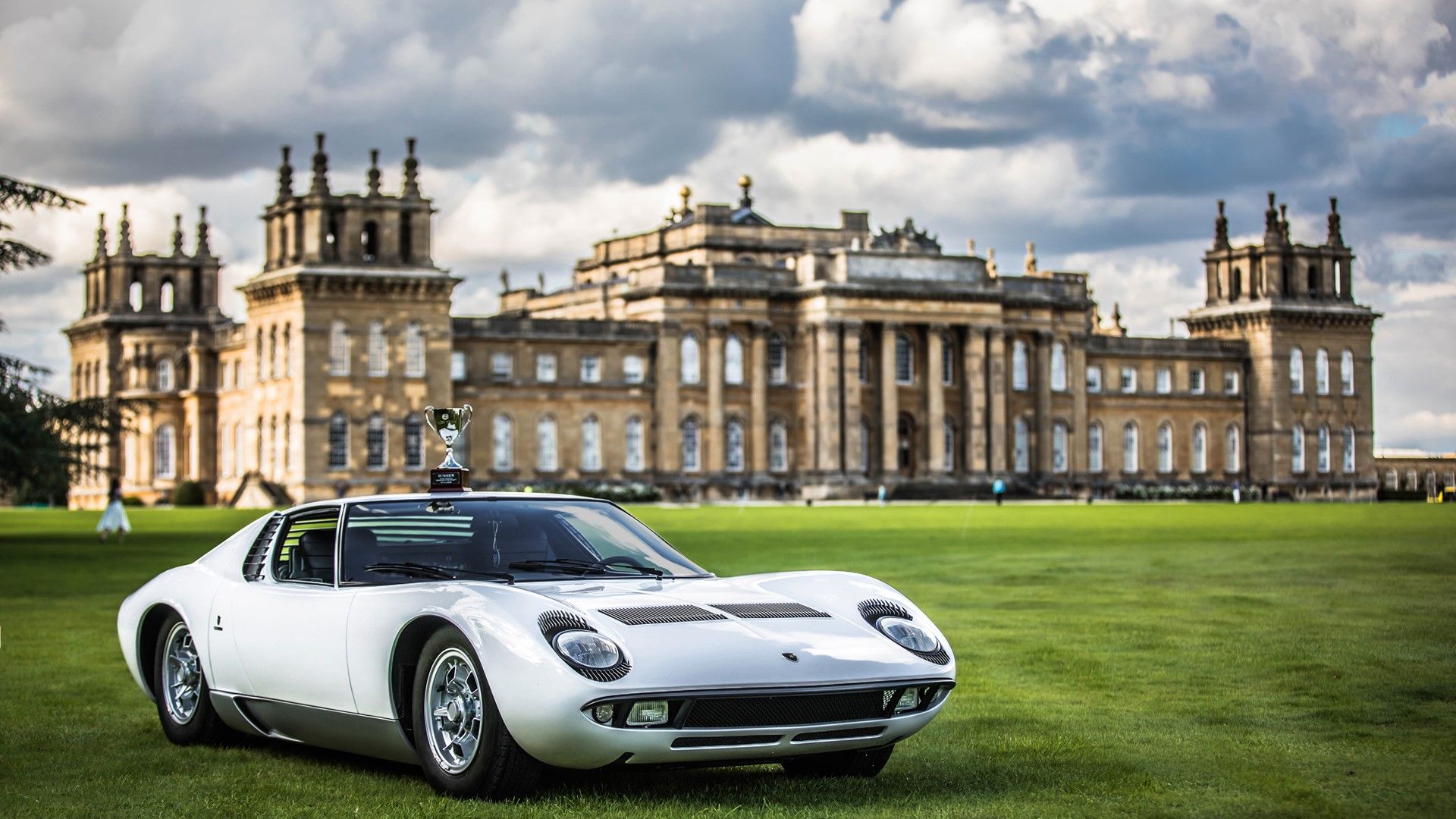
At the 1966 Geneva Auto Show, the prototype Miura — named after Ferruccio’s dear friend Don Eduardo Miura — was an instant hit among visitors and the media alike, with high praises for Marcello Gandini’s seamless design. The original Miura P400 had the 3.9-liter naturally aspirated Lamborghini V-12 transversely mounted behind the driver to save space. The Miura could put out 350 horsepower and 262 pound-feet of torque. Lamborghini fit the five-speed transmission in the engine’s sump as a space-saving measure, with the engine and the transmission both sharing the same lubrication. The car made headlines for its high performance and stunning looks, making Lamborghini the envy of the world.
4 The Lamborghini Miura’s Design Was Revolutionary
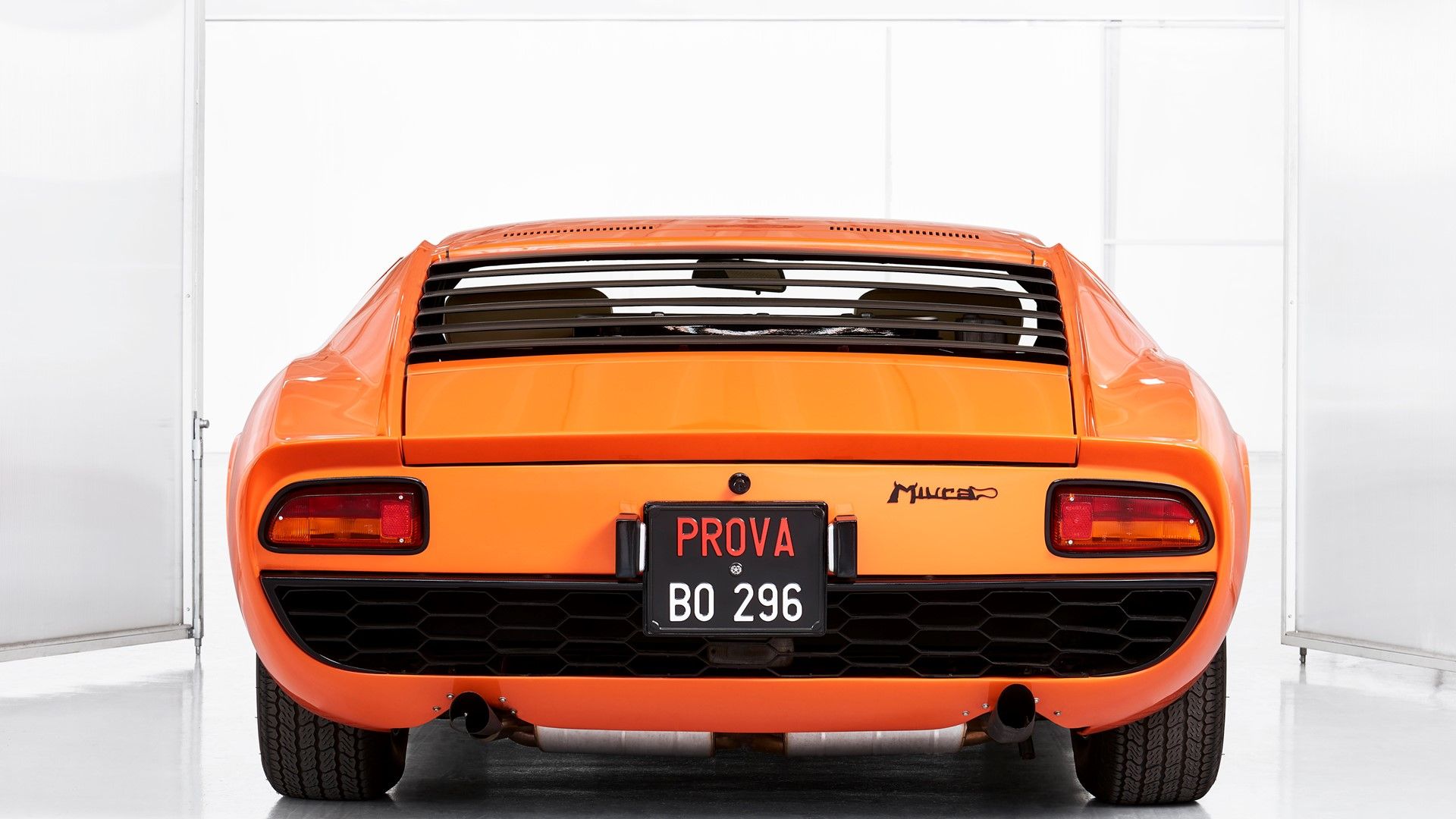
Marcello Gandini’s beautiful design of the Miura made the car a favorite among critics. When open, the car’s doors resembled the bulls of a horn from the front as an homage to Lamborghini’s emblem and Ferruccio Lamborghini’s liking of bulls. The car was a pioneer with its engine placement and sleek design. The car also featured grilles over the headlights, making it seem as if the car had eyelashes. The rear-engine placement in high-performance road cars was previously unheard of, but with the Miura, Lamborghini gave rise to a whole new category of cars; the supercar. Even now, most modern supercars follow some variation of the Miura’s rear-mid engine placement design.
5 The P400S Improved The Lamborghini Miura Further
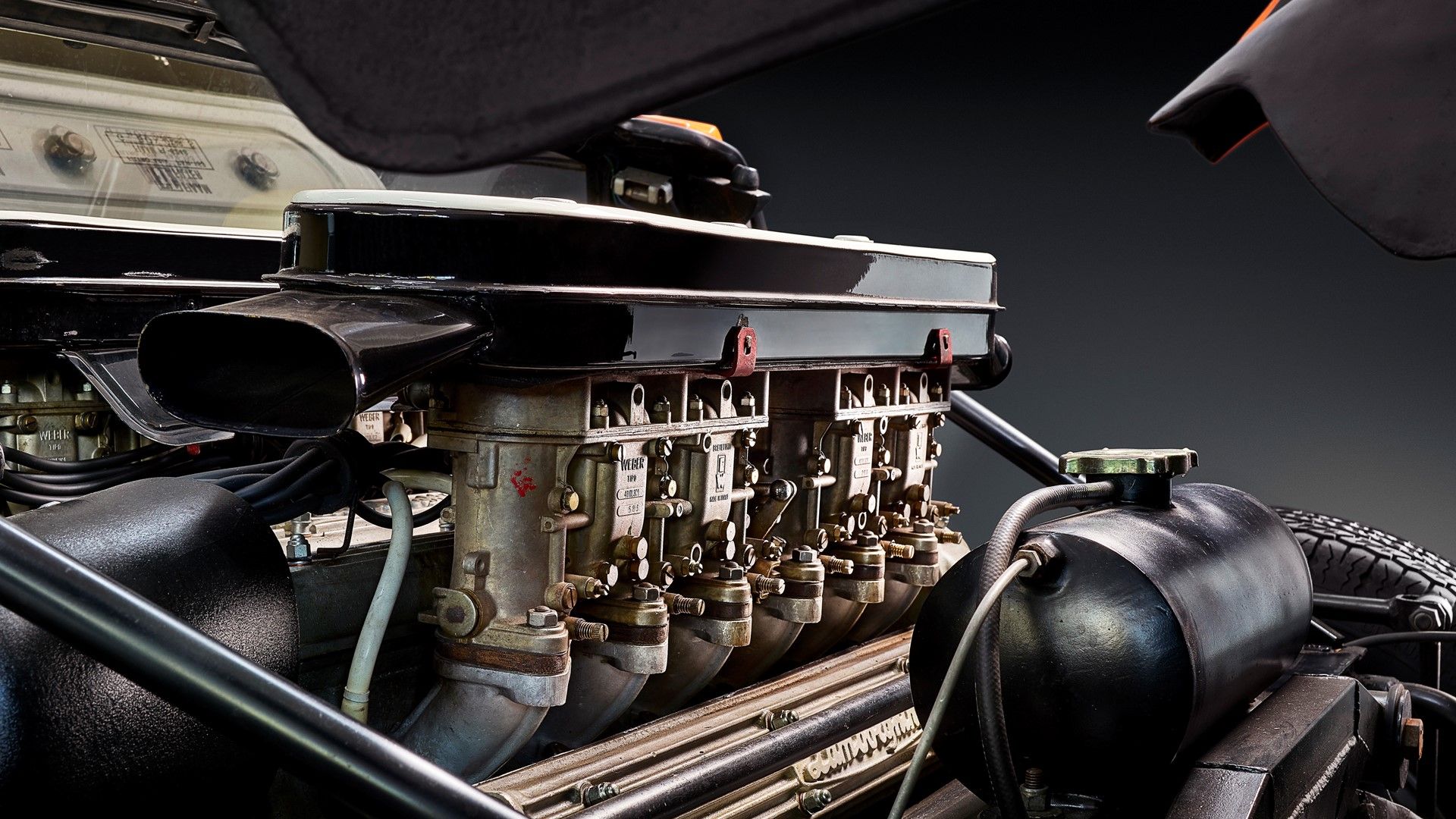
Lamborghini unveiled the P400S Miura in 1968 at the Turin Motor Show. It featured minor improvements when compared to the original P400; serving as an iterative upgrade in the Miura lineup. It had power windows, an optional air conditioning unit, and added 20 more horsepower to the 3.9-liter V-12, bringing the total output to 370 horsepower and 286 pound-feet of torque. It was in production from 1969 to 1971 and Lamborghini sold 338 P400S models.
6 The Lamborghini Miura SV Was The Most Refined Miura
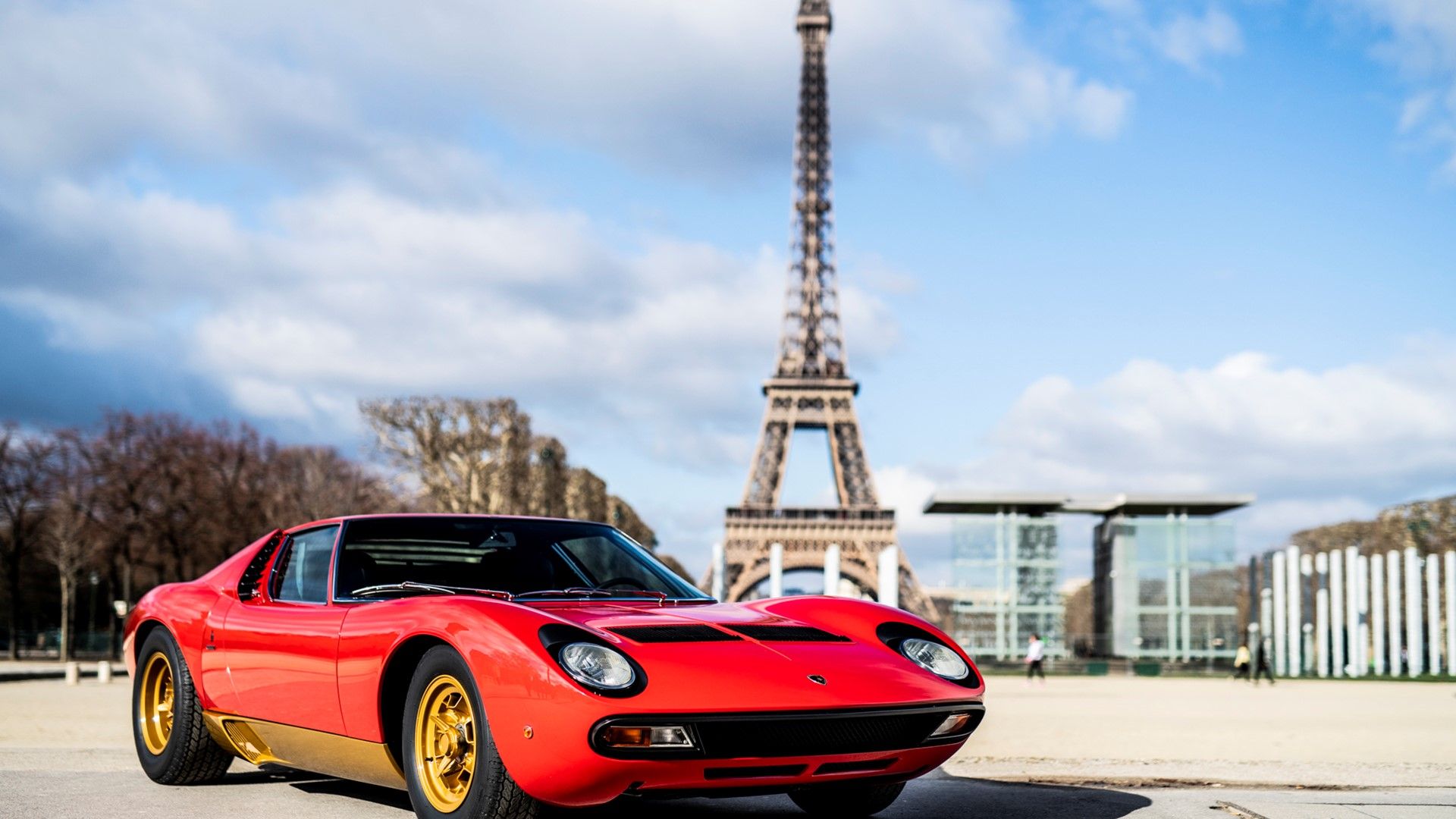
In 1971, Lamborghini unveiled the most improved version of the Miura, the Miura SV. It was also referred to as the P400SV. The engine was upgraded and now produced 385 horsepower and 295 pound-feet of torque. The engine now also had separate lubricating systems for both the engine and the transmission system. It also ditched the ‘eyelashes’ in favor of a more uniform and refined design. The Miura SV featured wider wheel arches and air conditioning as standard. Lamborghini also fit the car with wider Pirelli tires for better grip. Lamborghini claimed that the Miura SV had a top speed of around 170 mph, and a 0-60 mph time of 6.7 seconds, which made it the fastest car in the world at the time of its release.
7 The Jota Was A One-Off Race-Spec Lamborghini Miura
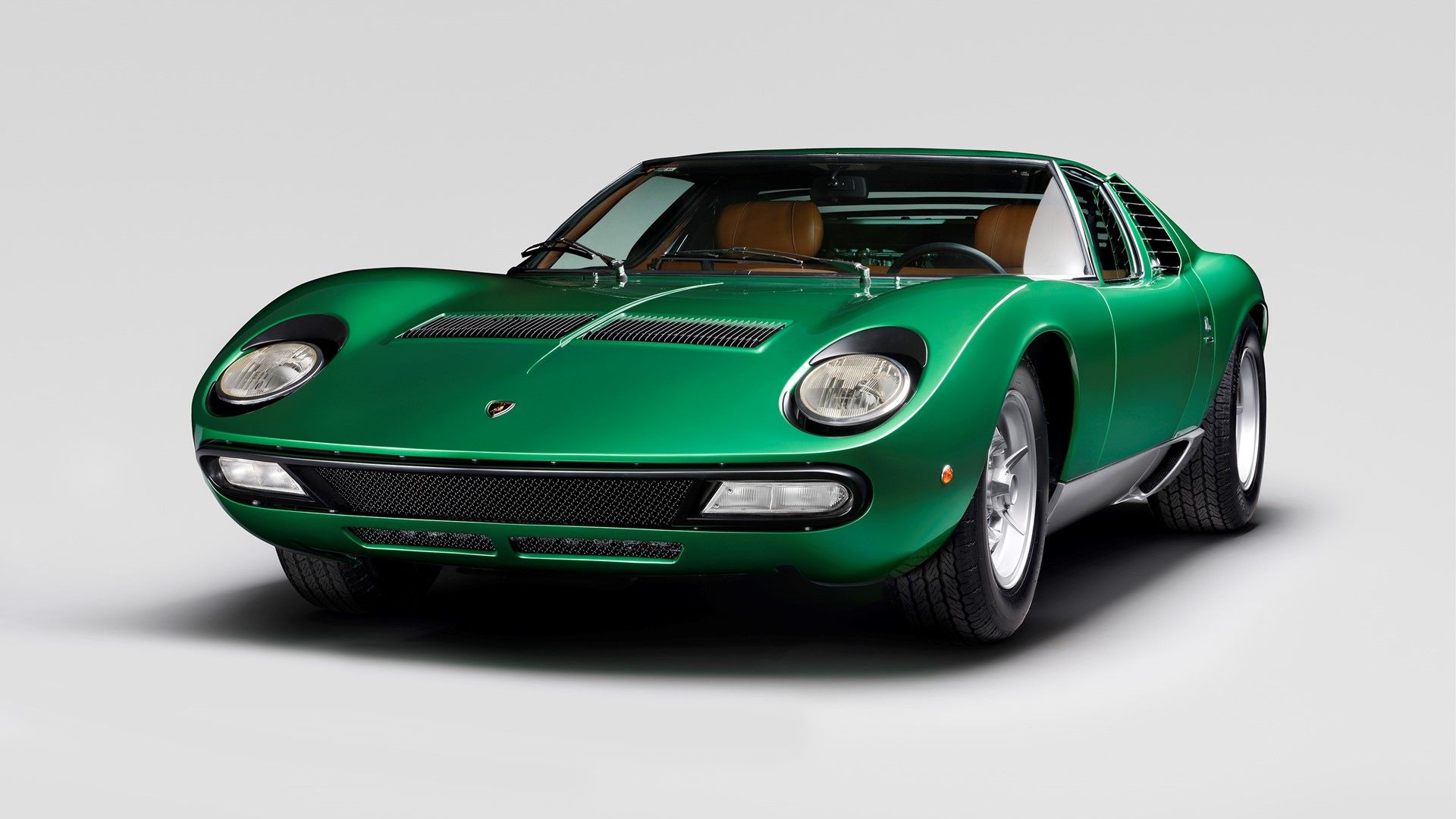
Bob Wallace, one of the three engineers behind the original Miura designed a prototype FIA’s Appendix J race-spec Miura as a test mule to further improve the Miura lineup. He named the car, ‘Jota’. Unlike other Lamborghinis, the Jota’s name originates from Spanish and not bullfighting. Bob Wallace made significant improvements to the car as it underwent aggressive weight reduction and had an upgraded engine that could produce over 440 horsepower. Bob also fitted the car with lighter wheels and the fuel tank, which was in the car’s front, was ditched for multiple fuel tanks in the sides. However, the only Miura Jota crashed and totaled in 1971.
8 The Miura SVJ Was A Limited Edition Lamborghini Miura Built For Special Customers

Lamborghini built a limited edition custom Miura SV called the Miura SV/J at the behest of some clients wanting a Miura Jota, which served as its inspiration. The Shah of Iran had one until the Iranian revolution in 1979 when the Iranian government seized it. It was later sold off to Hollywood actor Nicolas Cage in an auction for around $490,000.
9 The Lamborghini Miura Is Rare
During its production from 1966 to 1973, Lamborghini produced just 764 units of the Miura, making it one of the rarest Lamborghinis in the world. Besides the Jota and the SV/J, Lamborghini also produced a Miura Roadster, which was a one-off Miura for Bertone designs unveiled at the Brussels Auto Show in 1968. They finished the car with baby blue paint and featured an even lower design than the original car. It was later sold to International Lead Zinc Research Organization who painted it green and fitted it with chrome. They named it the ZN75. In 2006, they sold it to a New York-based collector who restored the car to its original paint job.
10 The Lamborghini Miura Legacy
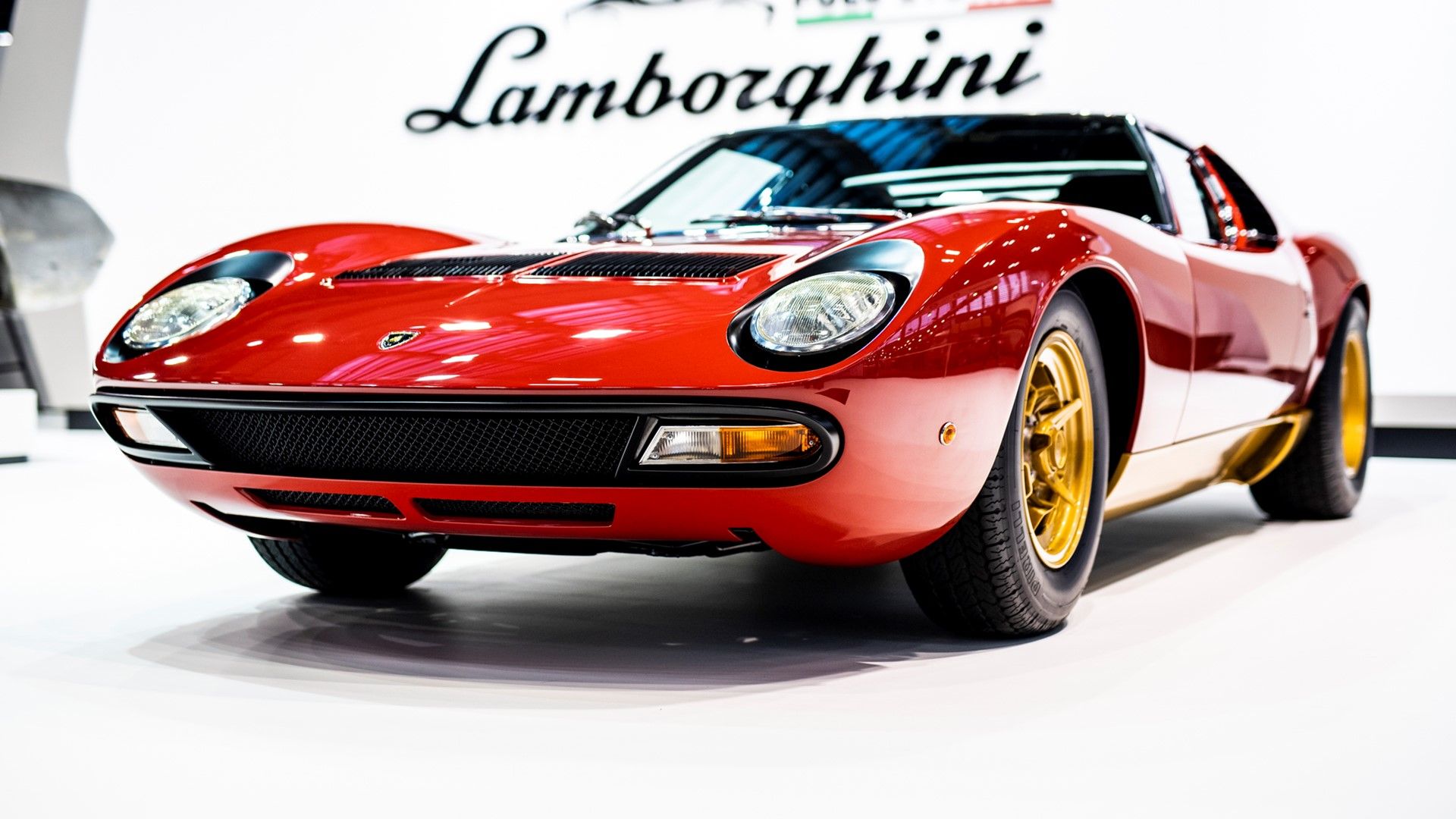
The Miura was the world’s pioneering supercar and revolutionized the automotive industry with its innovation, design, and performance. Even though the Miura had its flaws such as reliability issues with the engine and weight distribution, it inspired and continues to inspire future generations of supercars and was a pioneering leap into the future that pushed the boundaries of what was possible and what wasn’t. In 2006, Lamborghini unveiled the Miura Concept to commemorate the 40th anniversary of the original Miura’s release at the American Museum Of Television and Radio alongside the Los Angeles Auto Show. Lamborghini also released the Aventador Miura Homage to commemorate the 50th anniversary of the original Miura with only 50 units produced.
